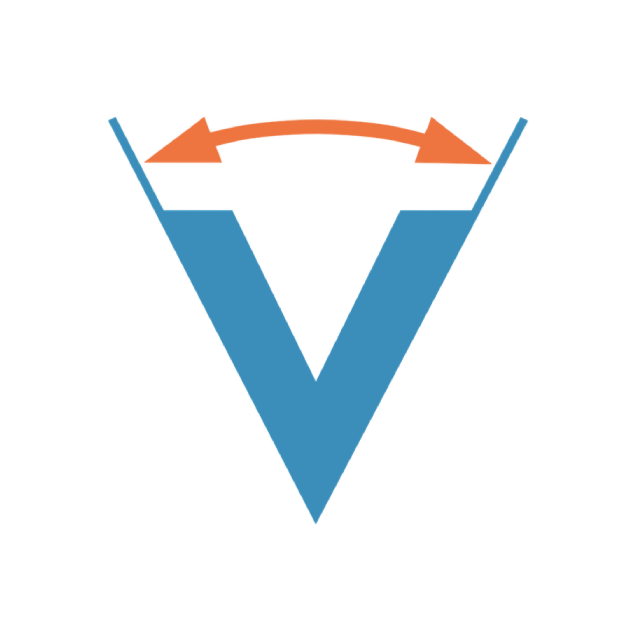Midterm Info
What, When and Where
Tues. Oct. 28 at 7 p.m. All exams are IN-PERSON only.
Location:
- OSAS Accommodations (1.5x or 2x time): OSAS Testing Center
For all other students, your room is based on your LAST NAME:
- A-L: SLH 200
- M-Z: SGM 101
Policies and Procedures:
- The midterm will be 1 hour 40 minutes
- The midterm is CLOSED BOOK / CLOSED INTERNET SOURCE
- Calculators may ONLY be used on the Analog/Resistive circuits problem
- The exam will be administered via paper and pen/pencil.
- Students who are in COVID protocol must let your REGISTERED instructor know by the morning on the date of the exam if you will not be able to take it in person. If you don’t let your instructor know in advance, you will likely be assigned a 0 on the quiz.
- We will provide a list of Boolean Algebra theorems on the exam
- You must abide by the honor code below.
Honor Code
I pledge to uphold the highest academic standards and integrity. In accordance with USC Viterbi’s Honor Code (https://viterbischool.usc.edu/academic-integrity/), I affirm that I have not used any unauthorized materials in completing this exam, and have neither given assistance to others nor received assistance from others. Further, I affirm that I have not observed any other students in this class acting to gain an unfair advantage, or I have reported to my instructor any activity I have observed that is not in accordance with USC Viterbi’s Honor Code. I do so to sustain a Viterbi culture of integrity, responsibility, community and “excellence in all our endeavors.” I understand that there are significant consequences for violating academic integrity (https://policy.usc.edu/scampus-part-b/) and that suspected violations will be reported to the School and the University.
Topics
Topics will be cumulative but focus on Units 5 - 11 (material after the Quiz). Thus, we can still ask you bit-fiddling questions, binary and number representation problems, and/or resistive circuit questions but those would have less weight than the questions on Units 5-11.
Unit 1
- KCL & KVL
- Ohm’s Law
- Series and Parallel Resistance
- Voltage dividers
- Solving for voltages and currents in a circuit
- Appropriate ways to connected buttons/switches and LEDs
Unit 2
- Transistors as switches
- Logic Gates and tracing the bits through a gate network
- Design goals
- Registers and Flip-flops
Unit 3
- Number systems
- Converting base r to base 10
- Unique combinations
- Approximating Large Powers of 2
- Converting base 10 => base 2
- Converting binary <=> octal <=> hexadecimal
- Single variable theorems
Unit 4
- Bit fiddling (
&,|,~and^) - DDR, PORT, and PIN register functions
- Setting, clearing, and checking bits
Unit 5
- Copying bits
- No need to memorize LCD commands, code, etc.
Unit 6
- What is state?
- Representing state machines with state diagrams
- Implementing a state machine in software
- Performing operations at different rates
Unit 7
- General understanding of interrupts (vs. polling or busy looping), ISRs, how interrupts are enabled, what hardware does to check for interrupts, etc.
- Use of ISRs for timers and pin-changes
Unit 8
- Using AND and OR gates to check for combinations
- Using sum of minterms (canonical sums) to implement a logic function
- Using product of maxterms (canonical products) to implement a logic function
- Using Boolean algebra theorems to simplify
- Applying DeMorgan’s theorem and its gate equivalents
Unit 9
- K-Maps (up to 4 variables, Don’t cares, etc.)
- Implementing an arbitrary combinational function by converting a word description to a truth table and then implementing the circuit using K-Maps
Unit 10
- Full decoders and their implementation
- Enables and decoders
- Building larger decoders from smaller decoders
- Mux operation
- Designing muxes at the gate level
- Designing muxes from smaller muxes
- (Not tested on this midterm) Understand what a tri-state gate is and how it should/can be used
Unit 11
- Understanding of 2’s complement system representation
- Understanding of signed magnitude representation
- No arithmetic questions
Style
The exam will have only a few general short answer/fill in the blank question, and instead focus more on ability to apply knowledge through problems similar to your homeworks but requiring the use of 1 or more concepts that demonstrate understanding. You should know the material and procedures for solving problems well enough that you can quickly produce solutions once you identify the procedure to apply. If you spend unnecessary time trying to recall what procedure applies when and how to perform that procedure you will likely run out of time.
Ways to Prepare
- Study the slides
- Review your homeworks and labs understanding what general concepts and processes have been taught and how/when to apply those processes to new problems (especially your labs!).
- Review the bit fiddling and digital I/O using this website. Click on one of the types of bit fiddling problems to generate a sample problem, and you can then check your answer to see if it’s correct.
- Review the Quiz 1 for mistakes you might have made and correct your misconceptions.
- Print the sample problems below and give yourself 10-15 minutes per problem without looking at any notes/material. Only then check the solutions and see where you need to study more.
- Look at the linked appendix A below (with solutions in Appendix B) and try the problems relevant to HW2, HW3, and HW4.
Samples
- Question Set 1
- Question Set 2
- Question Set 3
- Fall 2020 Midterm
- Spring 2021 Midterm
- Spring 2023 Midterm
- Spring 2024 Midterm

